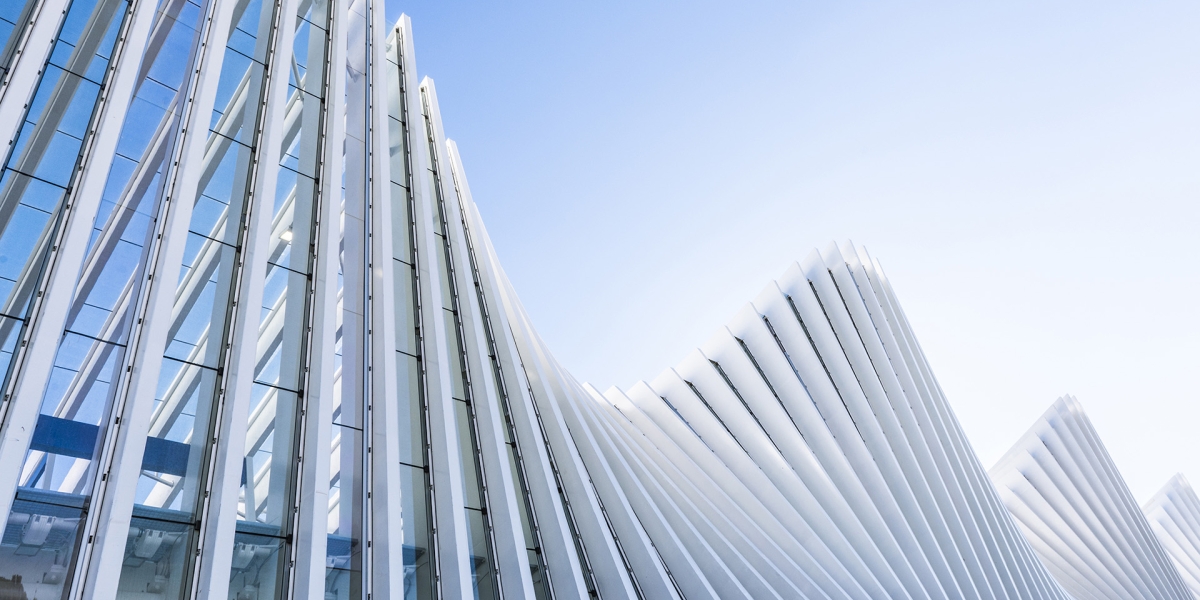The Inflation Reduction Act (IRA) was signed into law in August 2022 and calls for numerous investments in clean energy and climate protection, including an expansion to the Section 179D deduction.
The Energy Efficient Commercial Buildings Property (179D) deduction has been available since 2005 for owners and designers of certain energy-efficient buildings. Currently, 179D allows a deduction of up to $1.88 per square foot for the owners of new energy-efficient property. For qualifying buildings owned by federal, state, or local governments, the government agency may allocate that deduction to the firm or firms responsible for designing the property. The IRA created several changes to 179D.
Deduction Amount Changes
Starting January 1, 2023, the maximum deduction amount will change to either $1 or $5 per square foot. If the building is shown to be at least 25% more energy-efficient compared to the applicable reference building, the deduction is $0.50 per square foot. For every percentage point over 25% efficient, the deduction is increased by $0.02 up to $1 per square foot total. If the taxpayer also can show certain apprenticeship and prevailing wage requirements have been met, those amounts are increased from a base of $0.50 to $2.50 and from $0.02 increment increases to $0.10 allowing up to $5 per square foot total. Deduction amounts are limited to the total cost of the energy-efficient property.
Apprenticeship & Prevailing Wage Requirements
To qualify for the higher deduction amount of $2.50 to $5, a project must meet apprenticeship and prevailing wage requirements. Under these new requirements, the taxpayer must ensure that any laborers and mechanics employed on the project are paid rates not less than the prevailing rates for that work in that locality and that an established percentage of the labor hours are performed by qualified apprentices. The IRS is to issue guidance on documenting compliance with these requirements. Up until, and for 60 days following, the issuance of that guidance, projects are presumed to satisfy the requirements.
Partial Deduction Eliminated
For property placed in service prior to December 31, 2022, a partial deduction of up to $0.63 per square foot is available for each of three building systems: lighting, HVAC, and building envelope. Each of these systems may qualify on their own without consideration for total energy efficiency of the building. The IRA eliminated the partial deduction in favor of the whole building method outlined above.
ASHRAE Standards
The standards used to determine energy efficiency also are changing. The IRA changes the reference building standard used to determine the building’s energy efficiency. Buildings placed in service on or after January 1, 2023 will use the American Society of Heating, Refrigerating and Air-Conditioning Engineers (ASHRAE) standards affirmed by the secretary at least four years before construction completion, a change from the current standard of two years before construction began.
Deductions in Future Years
Starting in 2023, the deduction limit will reset every three or four years, depending on the building. So, if a 179D deduction is taken on an energy-efficient building, future improvements may qualify for another deduction. Previously, there was a lifetime cap of $1.80 (adjusted for inflation) per square foot for each building.
Alternative Deduction for Retrofit Projects
The IRA allows a taxpayer to elect an alternative 179D deduction for a building retrofit project. The energy efficiency is measured by the annualized energy use intensity rather than modeled energy and power costs. To qualify for this alternative deduction, a written retrofit plan must be prepared by a qualified professional. The plan must specify building modifications expected to reduce the building’s energy use intensity by 25% or more. The taxpayer also is required to acquire a certification verifying the energy-efficient modifications were completed and the actual energy use intensity post-retrofit.
Projects Eligible for Deduction Allocations
The IRA significantly expands which entities may now allocate the deduction to designers. Prior to the enactment of the IRA, only federal, state, or local government entities could allocate the 179D deduction to the designer or designers of an energy-efficient building. That list did not include other nonprofits. Starting in 2023, tribal governments and any other tax-exempt organization investing in energy-efficient property may allocate the deduction to the designer(s).
Forvis Mazars Can Help
If you recently built or renovated an energy-efficient building or if you are a designer on an energy-efficient building owned by a government or nonprofit, you may qualify for the 179D deduction. The engineers and tax professionals at Forvis Mazars can help evaluate the project and provide the reports required to claim the deduction. For more information about the 179D deduction or other aspects of the IRA, please reach out to a professional at Forvis Mazars or submit the Contact Us form below.
